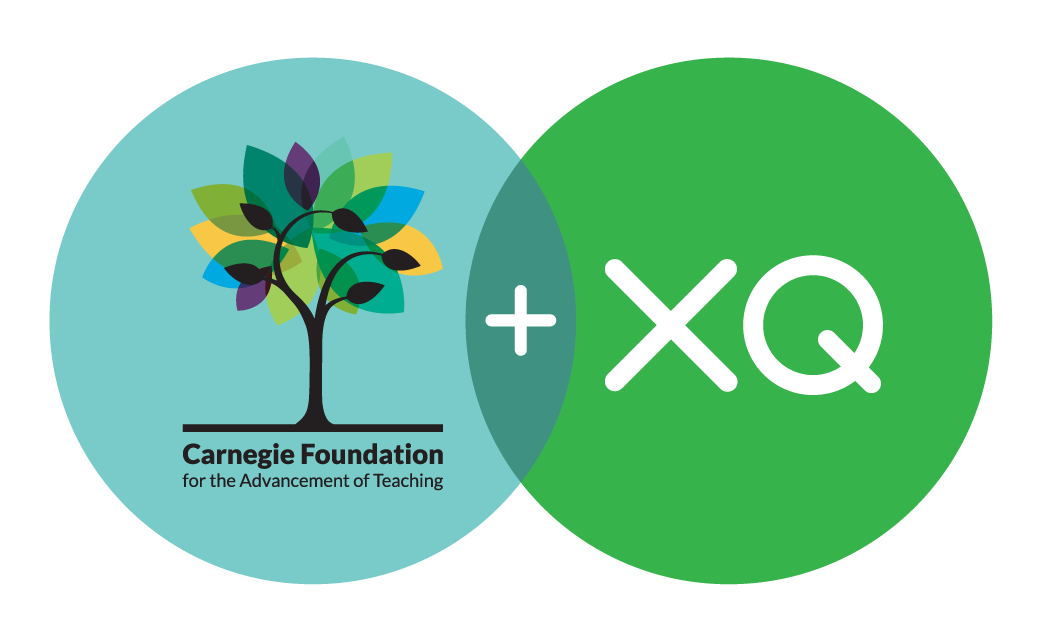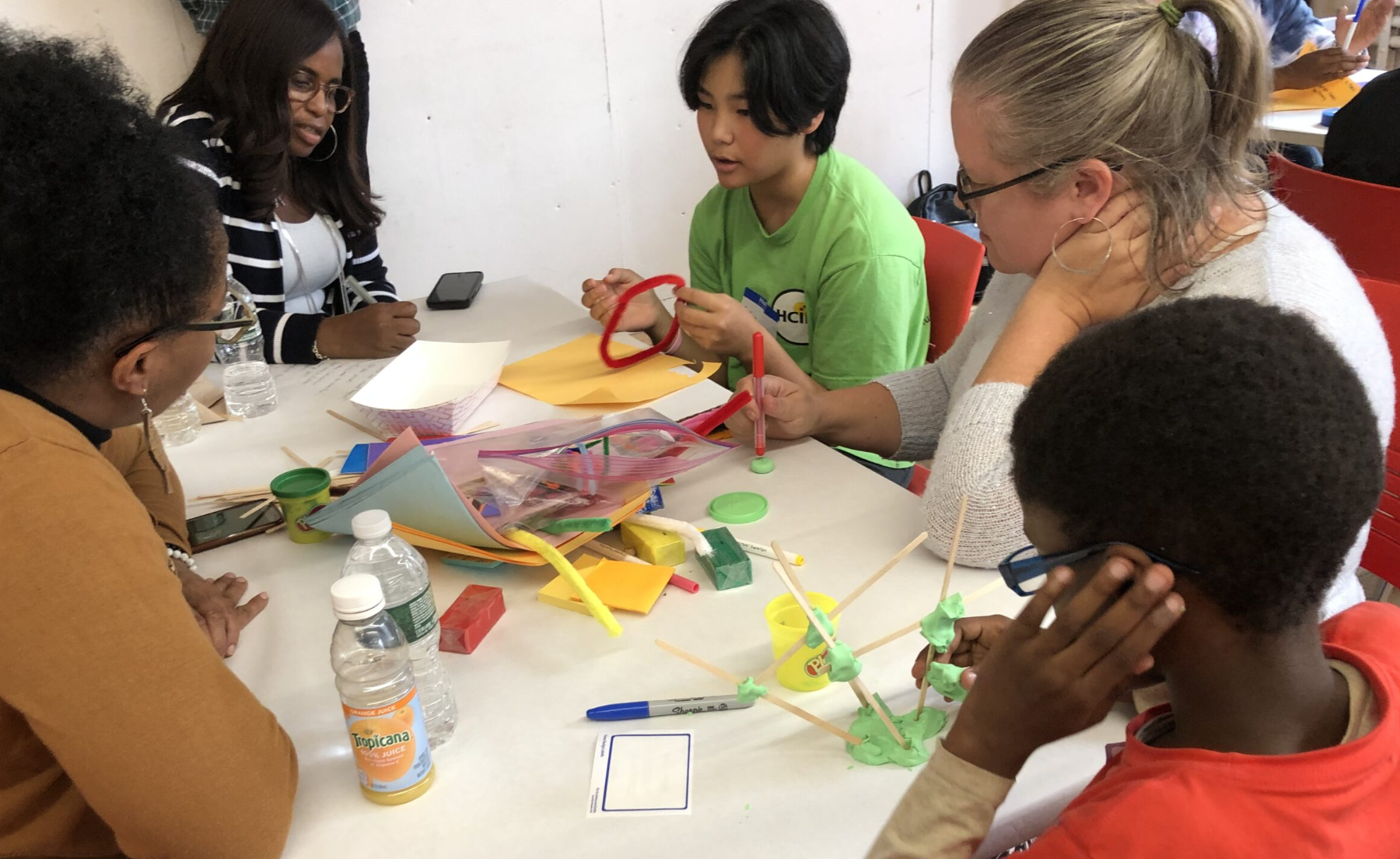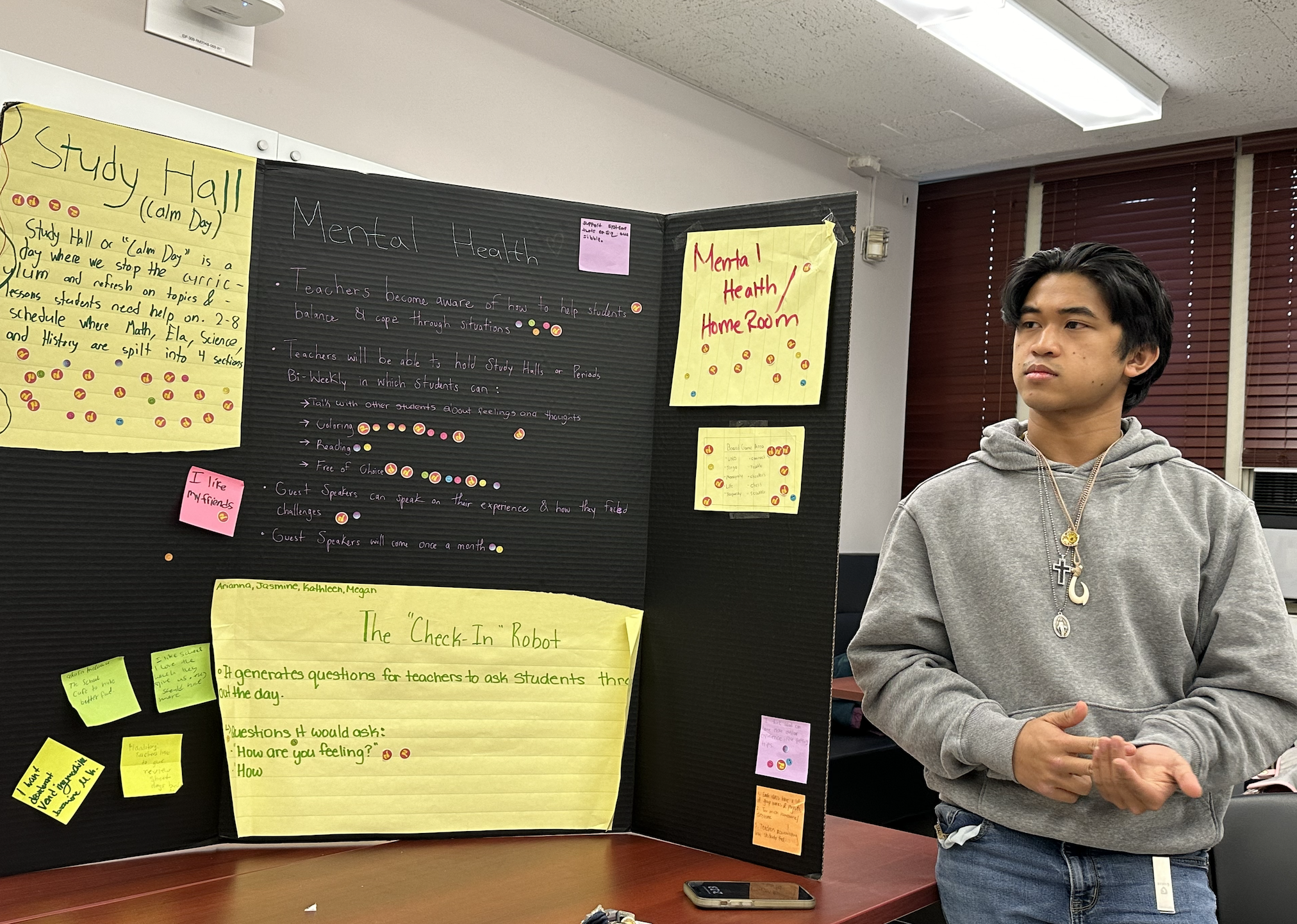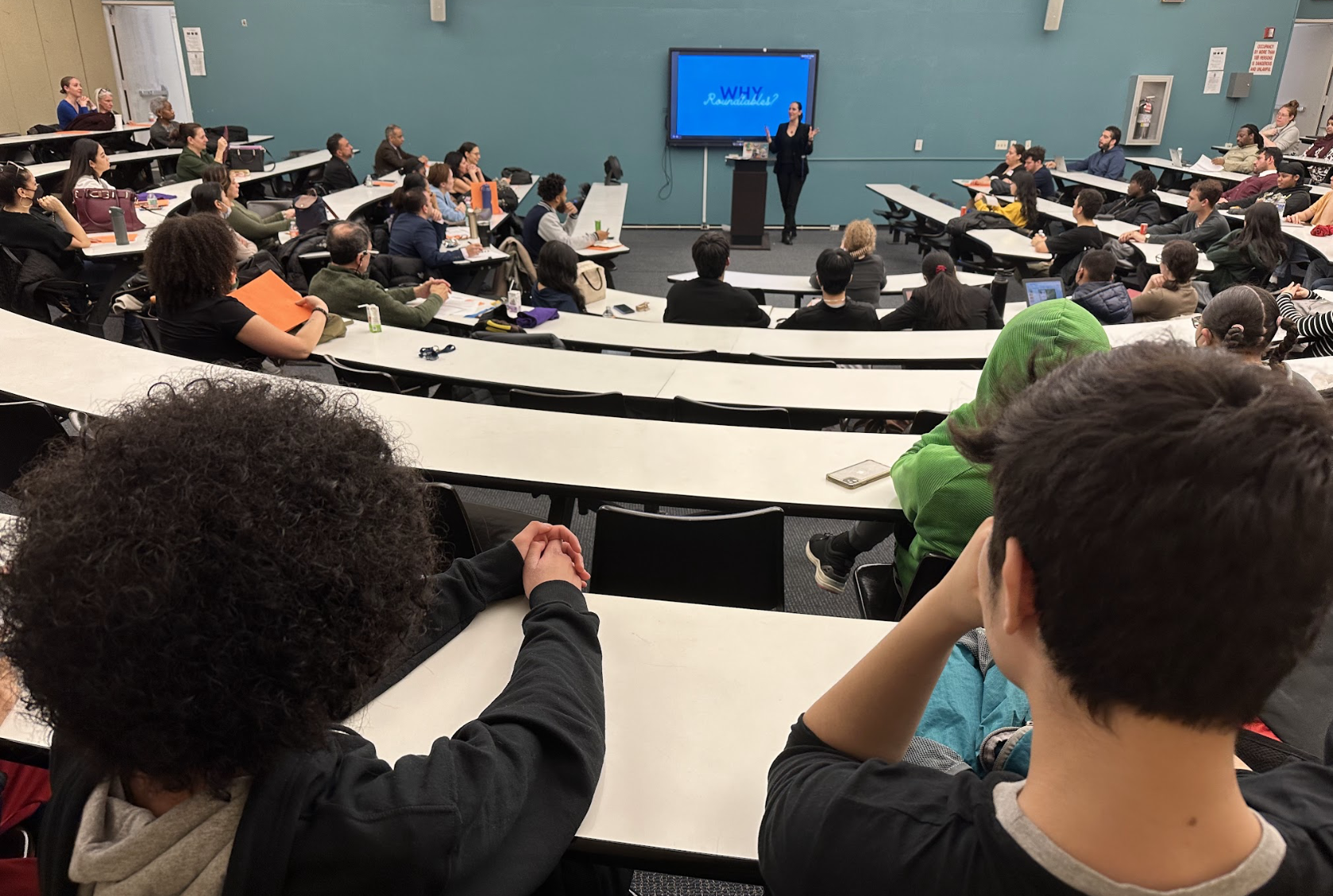XQ + CF


A partnership to transform high school learning.
The Carnegie Foundation For the Advancement of Teaching (CF) and XQ are working together to catalyze and co-construct a new educational “architecture.” Our goal is to free learning from the confines of a time-based system and build outcomes-based systems to prepare young people for all the future has to offer.

A century-old system that’s ripe for change
Take a moment to think back to your high school years. Picture the school, the classroom, and the things you did there. Odds are, you recall rows of desks, a teacher lecturing at the front, textbooks, tests with paper and pencil, and a bell that rang every 50 minutes so you could sprint down the hall to your next class. You repeated it, again and again, each semester for four years until you were handed a diploma—a piece of paper that said you were ready for whatever came next.
For more than a century, learning in America has been tethered to a bell. Time-based education, launched in 1906, responded to the previous century’s schoolhouses dotting the county. With their narrow scope and uneven quality, the earlier inception of public schools could not prepare a new generation to participate in a growing democracy and changing economy. To solve the problem, the educator Charles Eliot and the steel magnate Andrew Carnegie (with the aid of his Foundation) designed a new education system perfectly suited to the industrial boom.
At a time when most countries limited access to secondary education, a system of public high schools, free to all, was itself an innovation that helped place the U.S. far above other developed nations, both economically and socially. This isn’t to say that the system ever worked for all kids—it certainly did not, and does not, equitably serve all students—but simply that the U.S. was at the vanguard of putting into practice the radical idea of free secondary education for all.
A second innovation, the Carnegie Unit, was necessary to achieve the vision for universality. At the dawn of the 20th century, the Carnegie Unit was a truly transformative idea. It created a way to standardize education across a decentralized system of schools by using time as a proxy for learning to determine how students earn credit for completing a course of study. Once a student studied a subject for a set amount of time, they earned one unit of course credit. Enough course credits and they could graduate from high school—any high school, whether it was in a large city or a rural county. Even though every state had its own standards and curricula, the country finally had a consistent approach to secondary education they could all implement.
While the Carnegie Unit did little to address disparities in resources and quality of instruction, it established a common framework that enabled high schools to share information about their students with institutions of higher education, employers, and each other. In short, seat time became the architecture for the U.S. system of secondary learning.
High schools were designed around it: learning was separated into distinct courses, credit on transcripts was earned upon the completion of a certain number of hours in the course, and bells divided the day into course periods.
More than 115 years later, American students have the same “seat time” requirement of about 50 minutes per class, five days per week, for six courses per year across four years. Carnegie Units (120 total) remain the currency of high school education. But there’s growing recognition—even at the Carnegie Foundation—that this time-based system isn’t flexible enough for students or teachers.
The conflation of time and learning is problematic for a number of reasons. The Carnegie Unit gives everyone—teachers, students, families, post-secondary institutions, employers, and more—an efficient and orderly way to organize high school education. The downside is student transcripts that mainly track time spent learning, not the specifics of what students know and are able to do.
This system ignores much of what we know from rigorous scientific research on how students learn—particularly that students learn different topics at different paces and that sitting in a classroom for a year does not guarantee learning. This helps to explain why many students need to retake courses when they enter college; up to 65 percent of community college students take at least one remedial course. Also, conflating time and learning has failed to create enough opportunities for many students, including tremendous numbers of our most marginalized and vulnerable students, as demonstrated in persistent achievement gaps in math and other subject areas.
That’s why the Carnegie Foundation and XQ are working together on alternatives.
Creating a New Architecture for Learning
It’s time to initiate a significant shift away from time-bound conceptions of what knowledge is and how it’s acquired to a new system—where engaging and effective learning can happen anywhere, with learning that’s well-validated, outcomes-based, and better-matched to the full range of knowledge, skills, and capacities students need to thrive in the 21st century.
In 2022, the Carnegie Foundation and XQ announced a partnership to catalyze and co-construct a new educational “architecture” to support high school transformation. This architecture will liberate learning from the confines of a time-based system and build outcomes-based educational systems—all fueled by the latest research in neuroscience and learning sciences—to prepare young people for all the future has to offer.
One goal is to create more authentic and engaging learning once subjects like biology, algebra, social studies, and English are no longer limited to discrete 50-minute blocks of time. Teachers can create interdisciplinary courses and collaborate with community partners so students can see how these subjects show up in everyday life—for example, by using geometry to solve a transportation problem or chemistry to figure out ways of reducing pollution in a local stream.
XQ and Carnegie are collaborating with innovative curriculum makers to test and produce an initial collection of exemplary Learning Experiences (LXs) that bring together high-interest projects with authentic and rigorous opportunities for students. The LXs are designed to build academic content knowledge and academic, cognitive, and social-emotional capacities at the same time—a goal made possible by using the XQ Competencies alongside existing academic standards. We aim to put an accessible and powerful form of student learning within reach of high school teachers and students everywhere. These will be the learning experiences that young people need to thrive today and in the future. They are student-centered, increase student engagement and motivation, and build productive perseverance in learning and academic identity.
You can learn more about the CF+XQ partnership by signing up here.
You can also design your own learning experiences that prepare young people for all the future has to offer. Download our CF+XQ LX Design Brief to get started!













